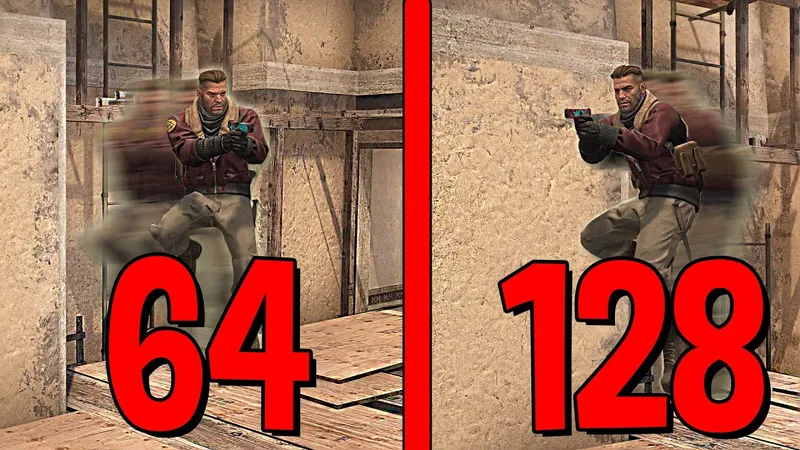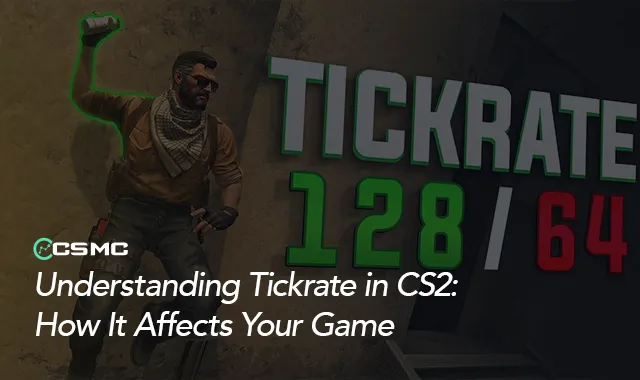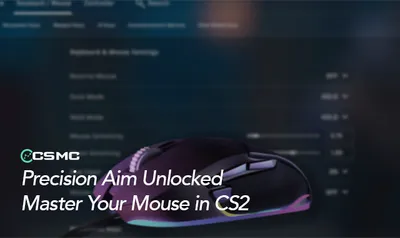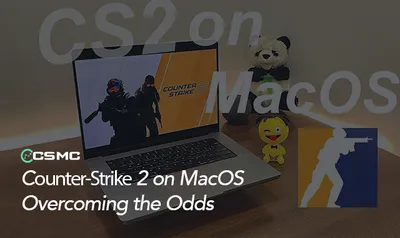In Counter-Strike 2 (CS2), time operates differently compared to other games. Instead of the usual seconds and minutes, Valve introduced a system called "tickrate" to measure time. Tickrate refers to the number of times per second that the game server updates the game state. Alongside this, CS2 employs a subtick system, which works closely with tickrate to enhance gameplay accuracy. This article will explore what tickrate is, how it functions, and its impact on your CS2 experience.
What is Tickrate in CS2?
To put it simply, a tick in CS2 is a unit of data that represents an update in the game. The game server collects data from all players' computers (clients), compiles it, and then sends it back. This process ensures that all players experience the same game state, synchronizing actions like shooting, jumping, and moving. The smoother this synchronization, the more seamless the gameplay.

In CS2, the tickrate determines how many times per second the server updates the game. For example, a tickrate of 64 means the server updates the game state 64 times per second. This number is crucial because a higher tickrate generally means more frequent updates, leading to more accurate gameplay. However, in CS2, Valve has introduced a subtick system, which provides additional time stamps for every player action, ensuring even greater accuracy.
Does CS2 Operate on a 128 Tickrate?
CS2 servers operate on a 64 tickrate, meaning the game is updated 64 times per second. This tickrate is built into the game by Valve and cannot be easily altered. Some players may recall that Counter-Strike: Global Offensive (CS) had servers with a 128 tickrate, which allowed for even more frequent updates. However, while a 128 tickrate does allow for faster updates, CS2’s subtick system helps mitigate the differences by providing a more precise recording of player actions, reducing conflicts and improving input accuracy.
Can Platforms Like Faceit Use a 128 Tickrate in CS2?
As mentioned earlier, the tickrate in CS2 is fixed at 64, even on third-party platforms like Faceit, ESL, or PGL. This means that all competitive and casual matches hosted on these platforms will operate with a 64 tickrate, just like in the standard game. While some players might miss the 128 tickrate from CS, the subtick system in CS2 compensates by improving the accuracy and reliability of player inputs.
Troubleshooting Tickrate Issues in CS2
If you're experiencing issues like lag, frame drops, or other performance problems in CS2, it’s important to understand that you cannot change the tickrate manually. Instead, you should focus on optimizing your game settings and ensuring a stable internet connection. Here’s how you can diagnose and fix these issues:
Check Your Frame Rate and Network Stability:
Go to Settings > Game > Telemetry.
Enable the display of the frame rate counter and ping.
Address Performance Issues:
If your frame rate drops, you may need to adjust your game settings or consider upgrading your hardware.
If you’re experiencing internet issues, try changing the server, rebooting your router, or closing background applications.
Conclusion
In summary, all CS2 servers operate on a 64 tickrate, a decision that Valve has paired with the introduction of the subtick system to enhance gameplay accuracy. While a higher tickrate generally leads to better game performance, CS2’s innovative approach with subticks helps ensure that players still enjoy a smooth and precise gaming experience. By focusing on optimizing your game settings and network connection, you can ensure that your CS2 experience is as seamless as possible.



